Easy vegan ricotta cheese – 2 ways
Easy vegan ricotta cheese – 2 ways
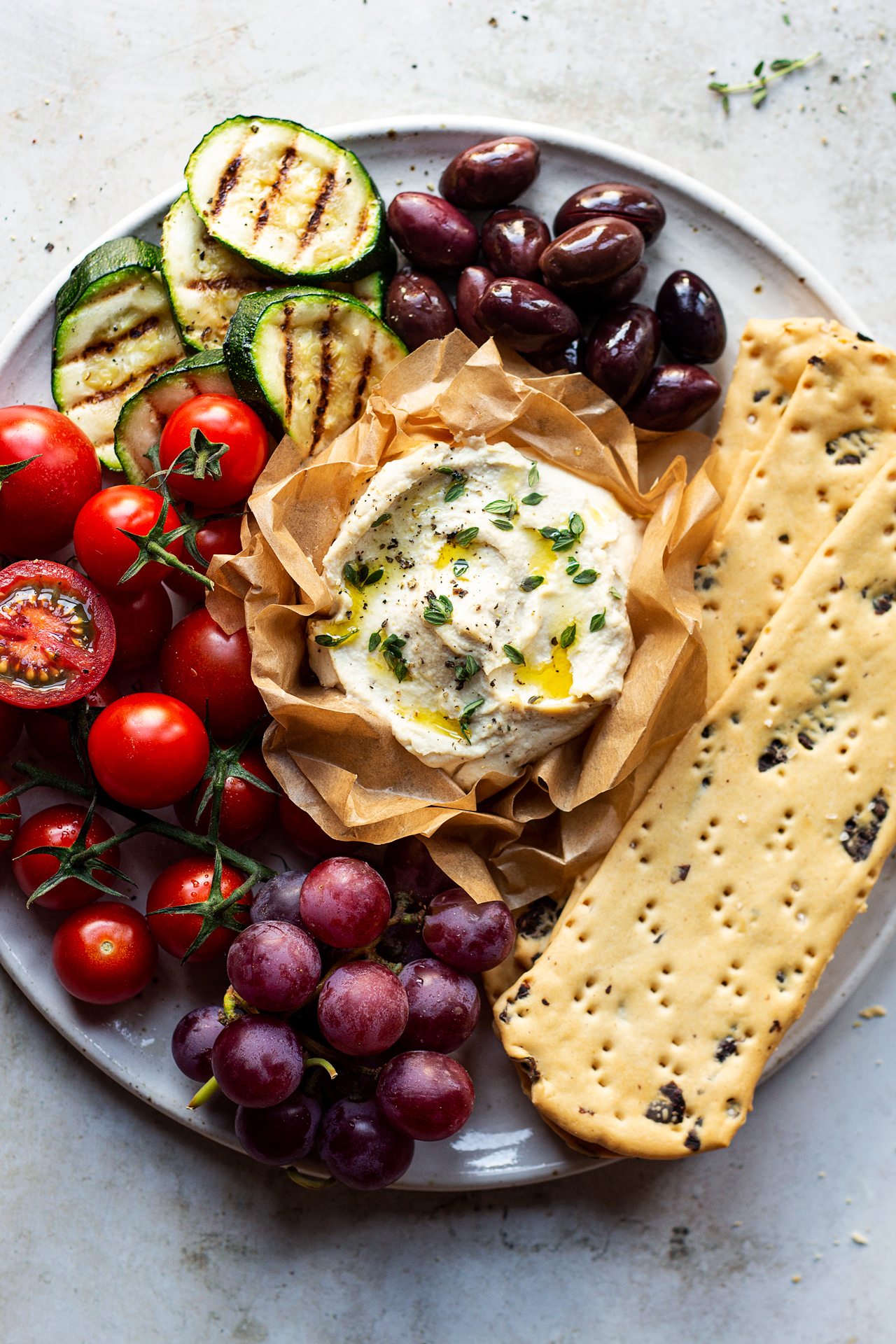
‘I could never give up cheese’ – how many times have you heard someone tell you this once they find out that you are vegan? I always find it awkward and I never know what to say to that, to be honest. I get it, cheese IS delicious and addictive (here is Dr Neil Barnard’s explanation). I myself was a prolific cheese eater before I decided to go vegan five years ago, so I understand loving to eat cheese very much (it didn’t help that we used to live in Greece at the time and feta was our daily staple), but once you learn how much animal cruelty is involved in making dairy cheese, no emphatic, animal-loving person can ignore that, surely!
It wasn’t until I made the emotional connection that my cheese habit fuels unspeakable animal suffering – I don’t think anyone could argue that being forcibly impregnated on repeat until your body can take no more and having your child taken away from you each time so that humans (instead of their newborn calf) can take your milk is humane – gave me the clarity and resolve I needed to quit cheese. I wanted to not be part of this! It wasn’t easy to begin with, but to my great astonishment, after about a month or so my cheese cravings went away completely. My palate rewired itself.
Instead of feeling that I am missing out, I focused on new things I can have that I never would have bothered finding out about had I not been vegan and making cheese out of cashews (and other fatty nuts) was one of these things that blew my mind and I came to love. It hits your fat receptors, gives dishes a creamy element that is hard to get any other way with plants and can have a beautiful, satisfying umami flavour if tackled right. On top of that, it’s better for you too! Dairy promotes inflammation in the body and contrary to what the milk industry wants you to believe – leads to brittle bones (see NOTES for reliable information sources on this subject).
So if you are a newbie vegan cheese maker, vegan ricotta-type cheese is the easiest thing to make. All you need is a blender (it’s not necessary to use a high-end one by the way, I use quite a basic and old Kenwood with great results), some soaked cashews, plant milk (or water!!), salt and either lemon juice or a vegan probiotic capsule to give cheese its typical tangy, funky taste. Once you are comfortable with the basics, you can jazz things up with garlic, miso paste, fresh herbs, sun-dried tomatoes and so many other options!
I don’t eat vegan cheese often as I am simply out of the habit (it’s incredible how many things we do just because they are familiar, right), but I do make this cheese on a monthly basis and I love using it as a filling, dollop it on top of pasta, risotto, salads, spread it on bread or crackers – anything that takes your fancy. Unless you are a seasoned vegan and are already a vegan cheese wizard, please give this recipe a go and give cows a break. They have an incredible bond with their children, just like humans do with theirs, and they don’t deserve the pain we routinely inflict on them simply because ‘we could never give up cheese’.
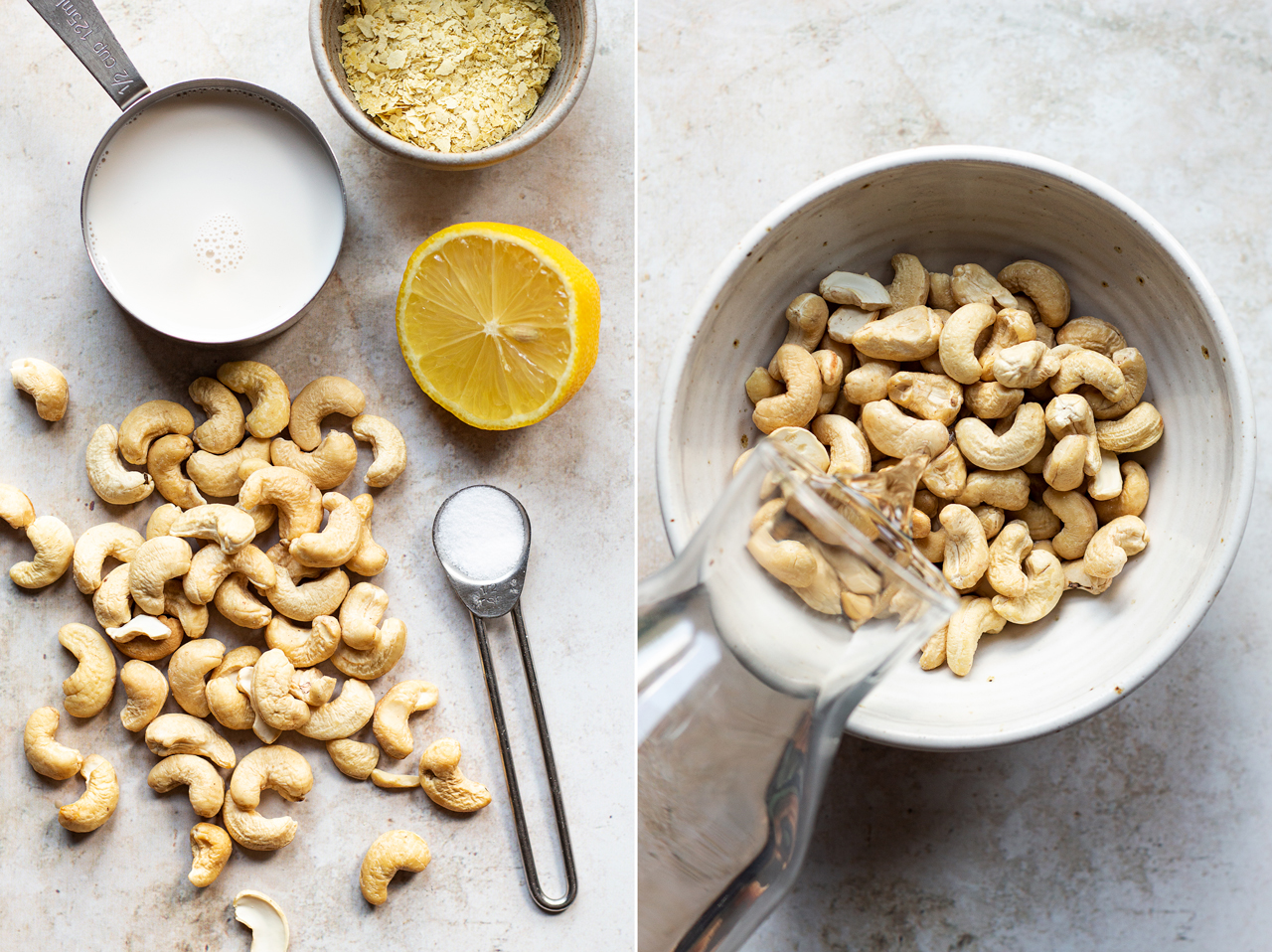
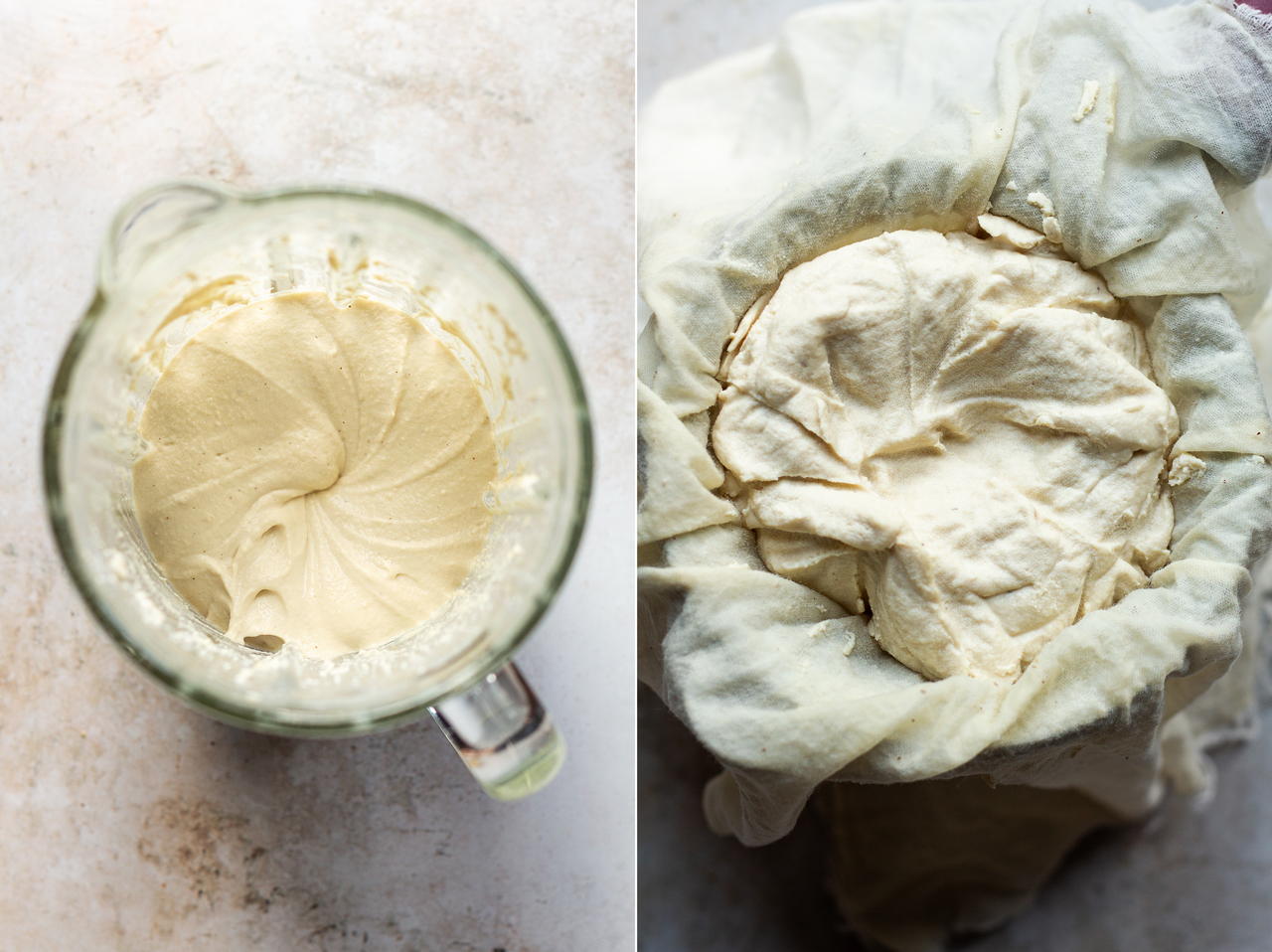

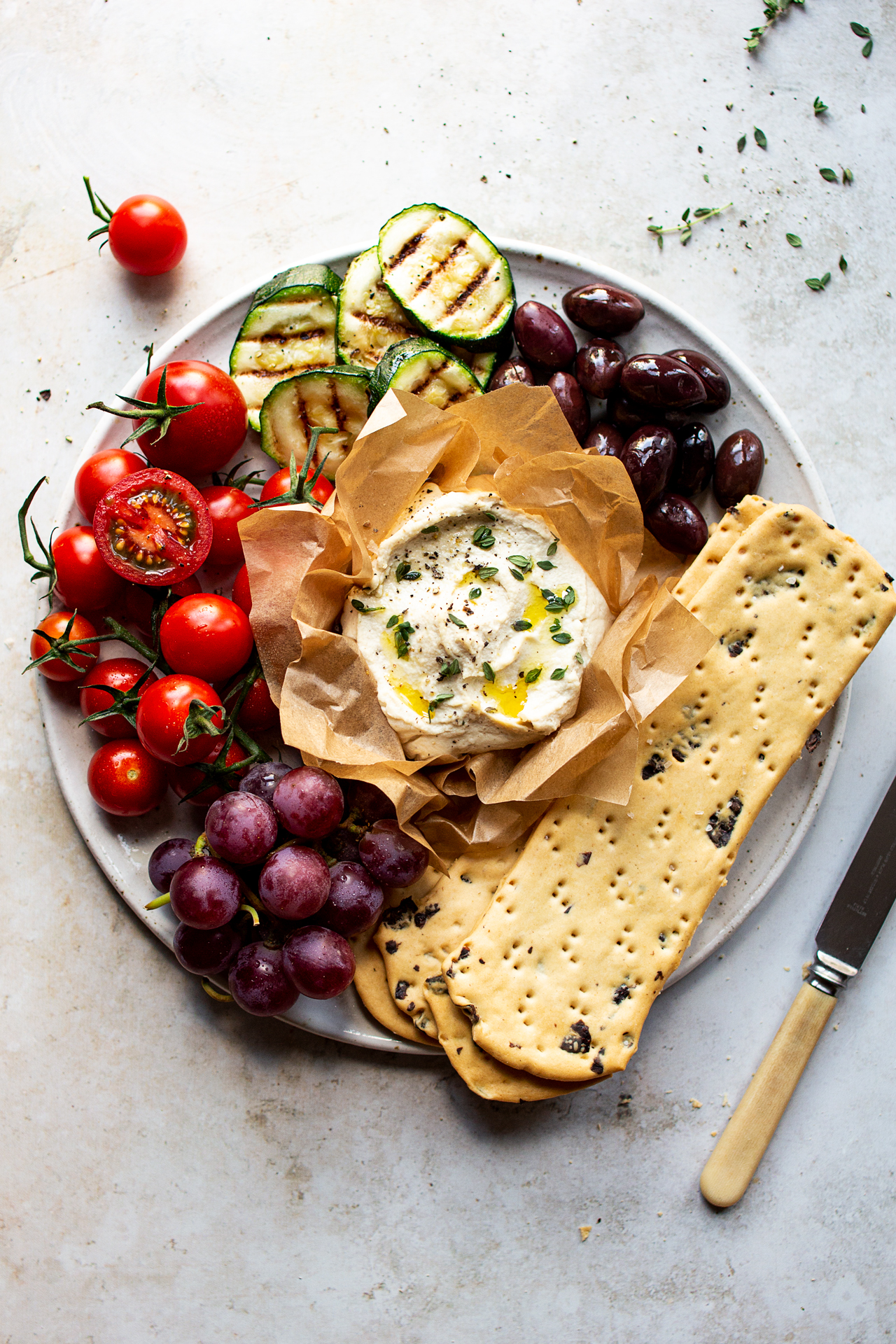
- 135 g / 1 cup raw cashews
- 90 ml / ¼ cup + 2 tbsp unsweetened plant milk (I like to use almond milk, oat milk is also great)
- 2 tbsp lemon juice OR 2 tbsp plant milk and 1 vegan probiotic capsule
- approx. ¼-½ tsp salt, adjust to taste and application (i.e. sweet vs savoury)
- 1 tbsp nutritional yeast (optional, but recommended)
- Soak the cashews in cold water overnight or in boiling water for 30 minutes. Drain and rinse.
- Place plant milk and lemon juice at the bottom of the blender.
- Add half of the cashews to begin with and blend, then follow up with the rest of the cashews. Blend until smooth, unless you prefer more of a texture.
- To make the mixture very smooth, you may need to help your blender a little. At some point your blender may struggle to process the mixture as it will be very thick. To remedy this, gently push a little bit of the mixture away from the blender’s walls towards the centre with a spatula, while the blender is running. It will burst the air bubble that forms underneath and help the blades turn. Please take extra care not to dip the spatula too deep or too close to the blades as it will damage them.
- Add salt and nutritional yeast, if using.
- Transfer the mixture to a muslin cloth-lined sieve, tie the muslin cloth on top of the cheese bundle and place in the fridge overnight for the cheese to firm up – that’s optional but recommended.
PROBIOTIC VERSION
- Soak the cashews in cold water overnight or in boiling water for 30 minutes. Drain and rinse.
- Place 120 ml / ½ cup plant milk at the bottom of the blender.
- Add half of the cashews to begin with and blend, then follow up with the rest of the cashews. Blend until smooth, unless you prefer more of a texture.
- To make the mixture very smooth, you may need to help your blender a little. At some point your blender may struggle to process the mixture as it will be very thick. To remedy this, gently push a little bit of the mixture away from the blender’s walls towards the centre with a spatula, while the blender is running. It will burst the air bubble that forms underneath and help the blades turn. Please take extra care not to dip the spatula too deep or too close to the blades as it will damage them.
- Add salt and nutritional yeast, if using.
- Transfer the mixture to a non-metal bowl, empty the probiotic capsule’s contents into the cheese and stir really well using a wooden or plastic (again, no metal) spatula.
- Place the mixture on a muslin cloth-lined sieve and let it stand at room temperature for 1-3 days (24-72 hrs). Taste the cheese after a day and decide if it’s ‘cheesy’ enough for you – if it is, place it in the fridge to stop further fermentation. If it isn’t, allow it to mature for another day or until you are happy with the taste. If at any point the cheese grows mould, smells and tastes foul, discard and start again.
Switch for good – a great podcast hosted by an Olympic medalist Dotsie Bausch and Baywatch actress and certified health coach Alexandra Paul about the issues with dairy consumption.
Is milk good for our bones – great video by Dr Greger from NutritionFacts.org
A whole host of videos explaining negative effects of dairy on human health by Dr Greger from NutritionFacts.org

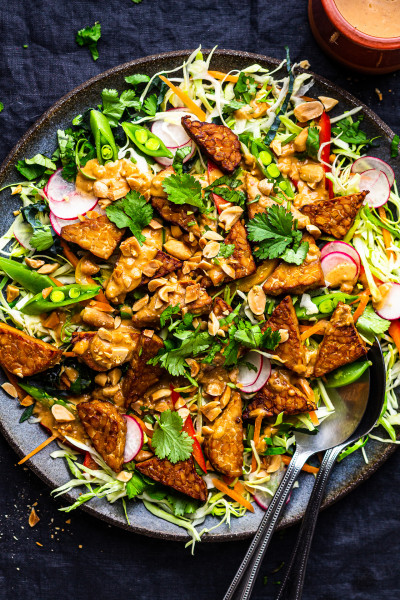
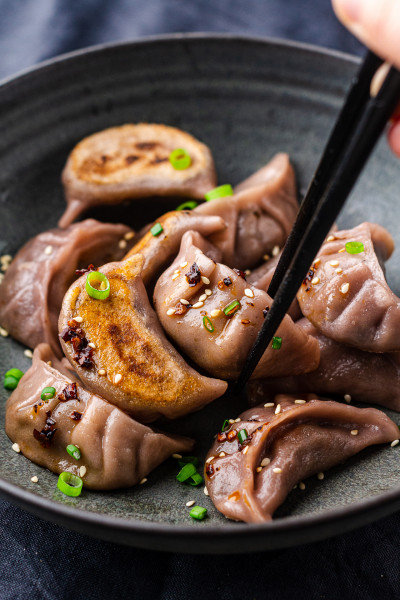
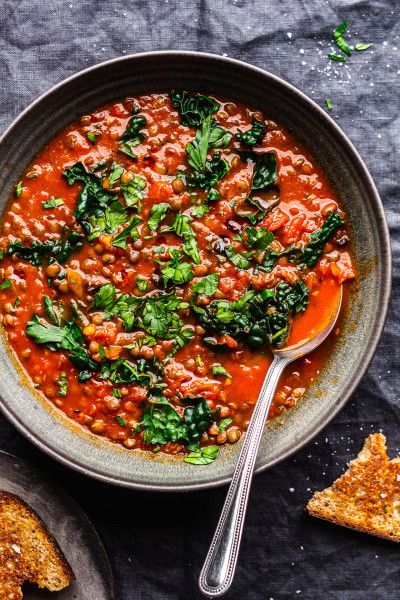
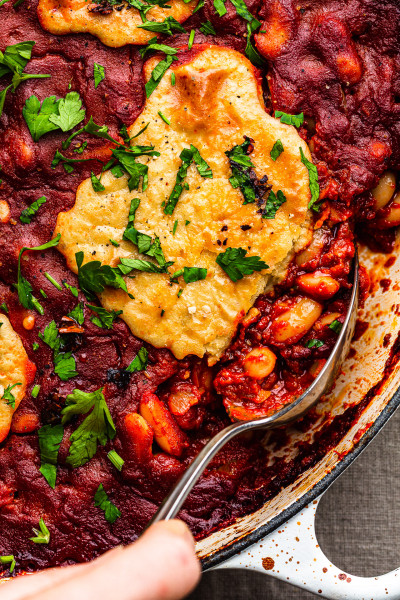
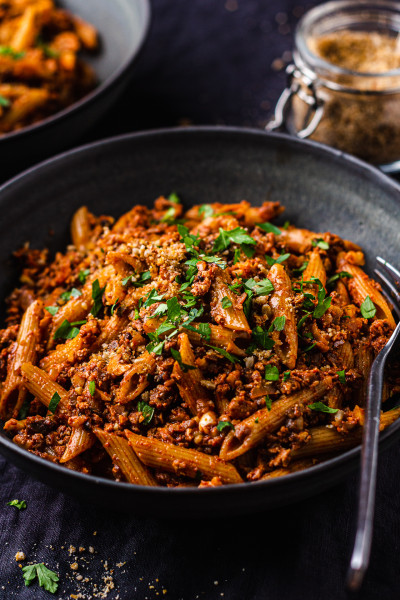
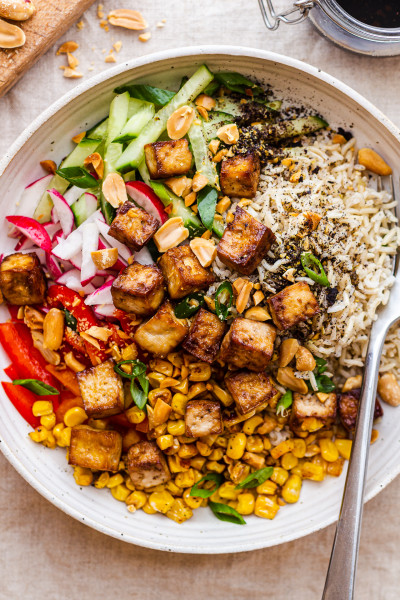
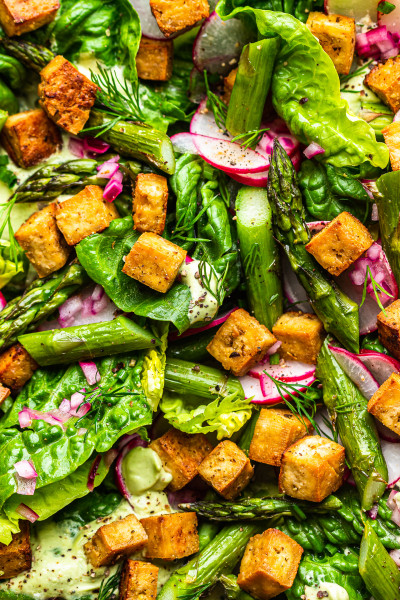

I want to use this for my lasagna recipe, but I don' t want to use the yeast. What will happen if I don't use it ?
Nutritional yeast is what adds 'cheesy flavour' to things so while it's not important for texture, skipping it will alter the taste of the cheese. You may be able to compensate by increasing the other flavourings a touch and also if you want to use it in a lasagne, other, stronger flavours are bound to take over anyway so I wouldn't worry so much. Hope this helps! Ania
Zycze duzo zdrowia I czekam na kolejne przepisy
Pozdrawiam z Chepstow
I did follow the recipe with probiotic capsule and oat milk.24 hrs gone and my ricotta cheese is still very soft. Yours looks quite solid .Any advice?Thank you
Great to hear you tried this recipe. Probiotic capsule gives the cheese its characteristic tanginess, it does not make it firm. Mine isn't that firm, it is still spreadable. The best way to make it firmer is to place it inside a muslin cloth and allow the excess moisture to drain away, but this is meant to be soft and creamy not hard cheese. Hope that helps! Ania
That's not a problem, simply use the lemon juice version. Good luck! Ania
I'd love to try making this but was wondering can it be frozen? I sometimes make an almond milk ricotta that's very soft and it freezes really well but I'd love to have a go to stash of a harder style of ricotta too. I don't eat it very quickly which is why freezing is such good idea for me.
Thanks
Alice
I am pretty sure, it will be okay. I've done that in the past. The only thing to note is that this vegan cheese isn't hard, it's dense and thick, but still more spreadable than hard, I would say. I hope you'll enjoy it if you decide to give it a go! Ania
I use PLENISH (available in the UK, no sure about elsewhere) almond milk that contains nothing but almonds, water and a touch of salt. I recommend finding something similar where you live. I hope your friends will enjoy this. x Ania
We will use the rest with some ravioli. Next time I will make a tomato sauce and add the ricotta to make penne rosè :)
Notte
Silvi
Thank you for sharing!
I will make the lemon version and report back. Two questions that came to mind: Can i use my nut milk bag (cotton) to let the ricotta drain? I will use nutritional yeast but since I have a nice shiro miso in the fridge...how could I incorporate it in this recipe?
As for the cheese...in Italy Parmigiano and Grana etc. are not food but cults. So not easy to do without them in the begining and not at all easy to explain why I will no longer eat them.
But its been three years and I am alive and well :)
baci
Silvi
Great, I hope you'll like it. Yes, you can use a nut milk bag and yes, you can allow it to drain, but depending how let-through you bag is you may not be able to get all the excess moisture to drain away so that's something to bear in mind. Through trial and error, I found that 120 ml / ½ cup of liquid (plant milk + lemon juice) is optimal in getting the cheese super creamy and firm so if your nutbag is really dense, I would stick to this amount of liquid and you will be fine. Plus, draining will alter the acidity as some of the lemon juice will drip away. As for miso, place is directly into the blender with the first portion of cashews and adjust to taste. Hahaha, I know exactly what you mean. I mean we lived in Greece and no one could understand how we can live without feta :) x Ania